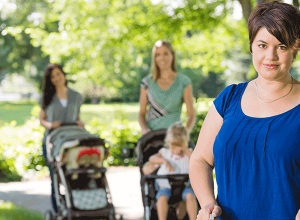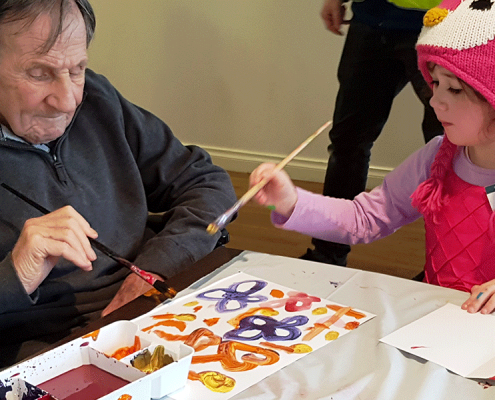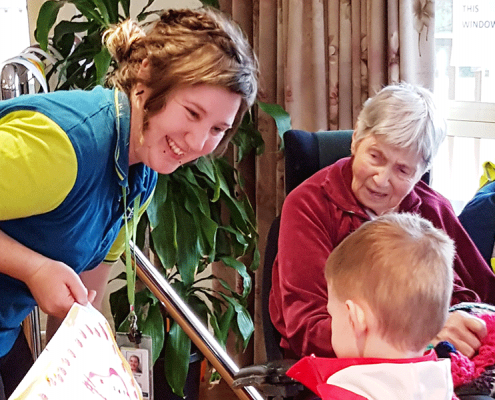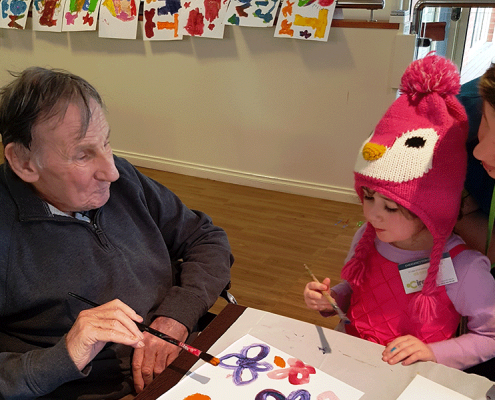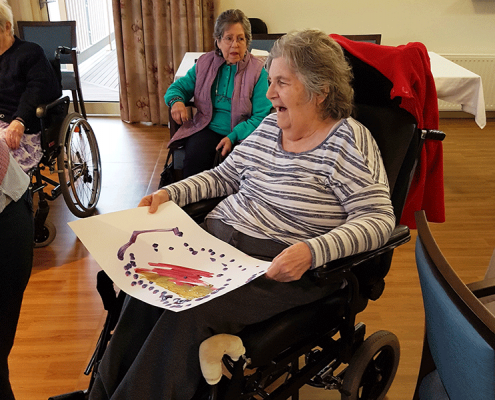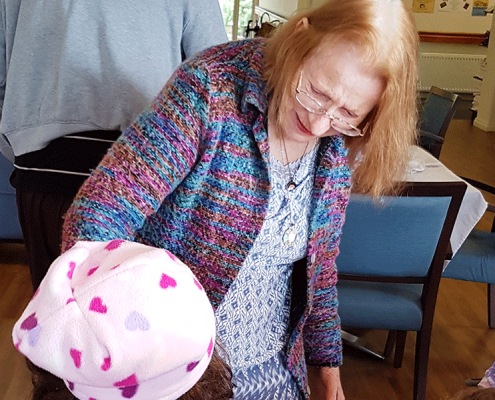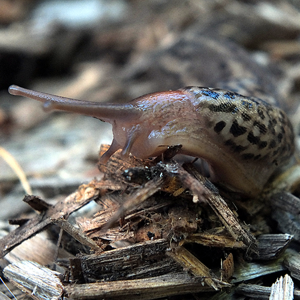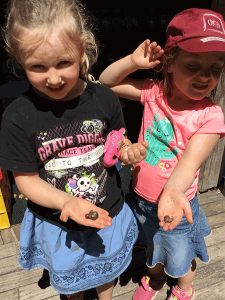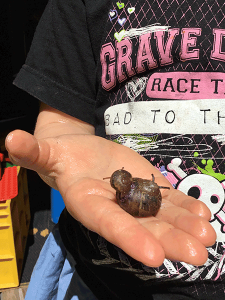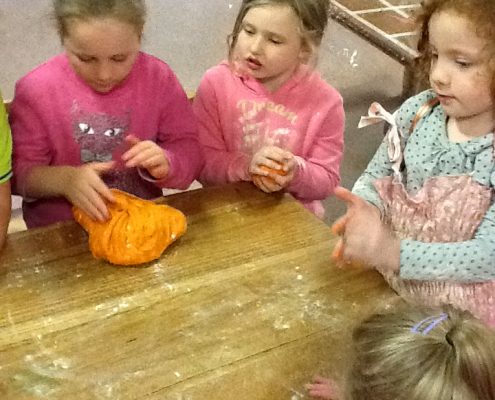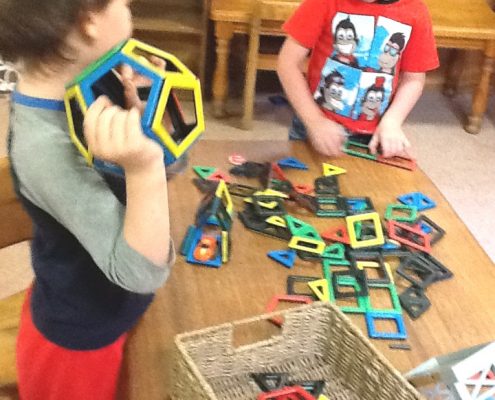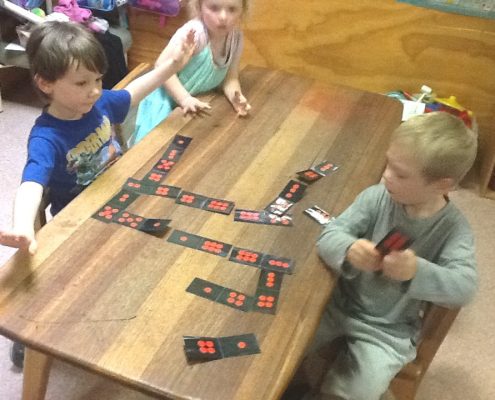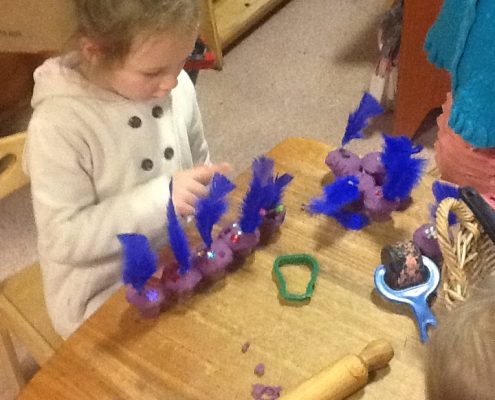Worry Dolls – a problem shared is a problem halved
Worry dolls have been all the rage in a most positive way at Cire’s Out of School Hours program at Yarra Junction.
With some help from the educators, the children have been making worry dolls partly as a way to vocalise and or offload any of their worries, as well as being a creative activity and one that exposes them to other cultures.
The children put a lot of creative thought and effort into how they wanted their worry dolls to look such how the facial expressions they drew and the hair colour and length, with some giving their dolls long locks so they could be trimmed.
The activity was quite timely, particularly for one child who has been afraid to go to school because of problems with other children. The activity gave the child the confidence to share her troubles and talk with educators about solutions. The child loves the worry dolls and plays with them daily.
The Yarra Junction group has extended the experience of making worry dolls by making beds for them and providing blankets. They even asked the educators for more blankets as there weren’t enough to go around. The educators have bought in their crochet hooks to make the additional blankets. There are plans to make cosy pouch beds from felt for the dolls.
Worry dolls are tiny handmade dolls, traditional to Guatemala. According to Mayan legend, worry dolls ease our fears and anxieties. Before a person goes to sleep at night, they tell the doll all the problems that have been worrying them and then tucks the doll under their pillow. While the person sleeps, the doll takes all their worries away or gives them the gift of knowledge and wisdom so, upon waking, they know how to solve their worry!
They say a problem shared is a problem halved. Worry dolls provide a beautiful way to ease one’s worries.
It has been wonderful to hear from the parents that their children are going to be with the worry dolls and taking comfort in having them under their pillows. One of the worry dolls even had an adventure, mysteriously finding its way under the child’s bed. There was a great hunt in the morning and big hugs from the child when the doll was found.
The children have taken a real interest in the dolls and are working cooperatively to help each other create their own individualised doll. Some of the children are starting to make families of worry dolls
Pat Leembruggen
Cire OSHC coordinator, Yarra Junction

